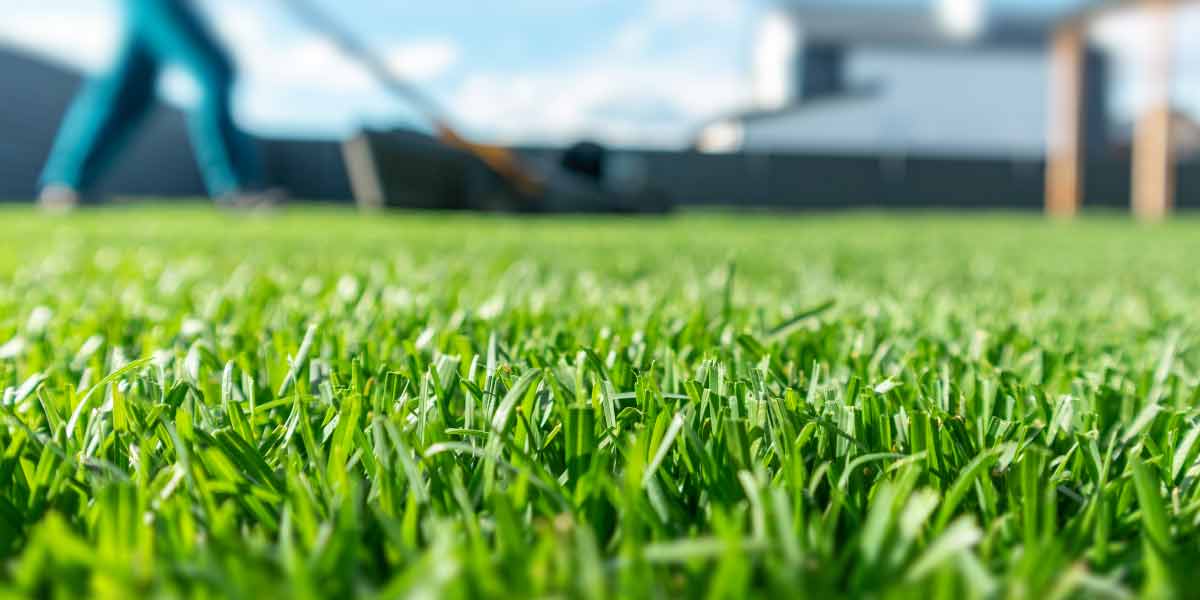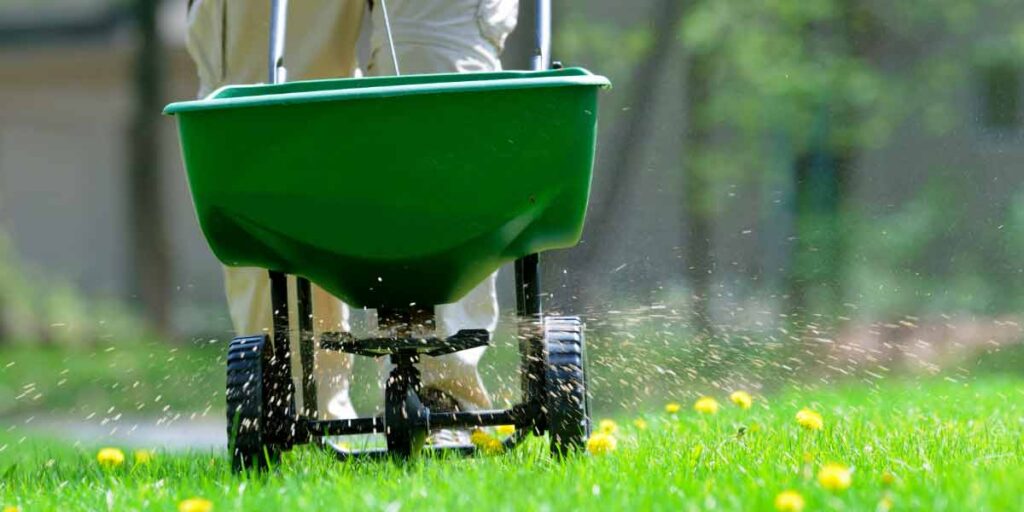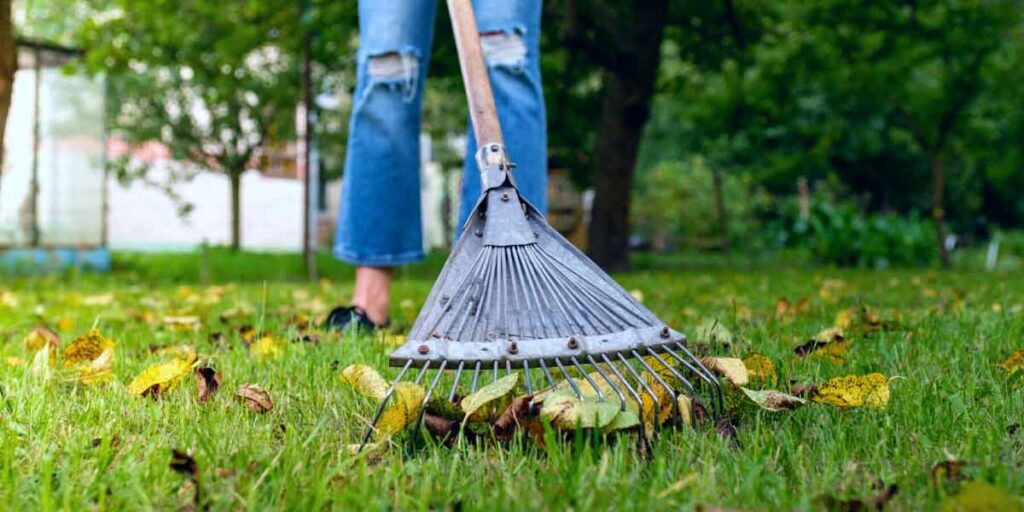

As the temperature cools, your lawn will slow its growth. This, coupled with heavy and consistent rain, makes the perfect breeding ground for weeds. So, expect to see more weeds than usual popping up throughout your lawn. For small areas, remove weeds by hand, as long as they haven’t become too prolific. For larger areas, or if you’re time-poor, apply an appropriate herbicide. Make sure it’s specifically for grass through, or else you’ll end up with dead patches!

Your lawn will still need semi-regular mowing in autumn, but you’ll likely find that foliage growth has slowed dramatically. For this reason, it’s important to assess your mower height. Raising the height of your mower will leave longer blades of grass, giving your lawn the best chance of soaking up as much autumn sun as possible. Plus, with your mower raised, you’ll have less chance of scalping your lawn. A scalped lawn has been cut back too aggressively, and appears brown and patchy. If you scalp your grass in autumn, you’ll likely have a patchy, brown lawn until spring, so don’t risk it!

It may seem counterintuitive to feed your lawn when growth is slowing—but hear us out. Applying an appropriate autumn fertiliser can help your lawn grow strong, healthy roots in preparation for winter. Without a good base, your lawn may suffer from frost and cold damage over the winter months. So, a quick boost at the start of autumn is one of the best ways to help your lawn in tip-top shape. However, make sure to use a fertiliser suited to your type of grass, with nutrients suited for autumn growth levels.


Our trusted Local Expert professional builders are standing by.
Click here to learn more or request a quote today!
Are you a business owner looking to build your service?
Apply now and become part of the Local Expert team today.